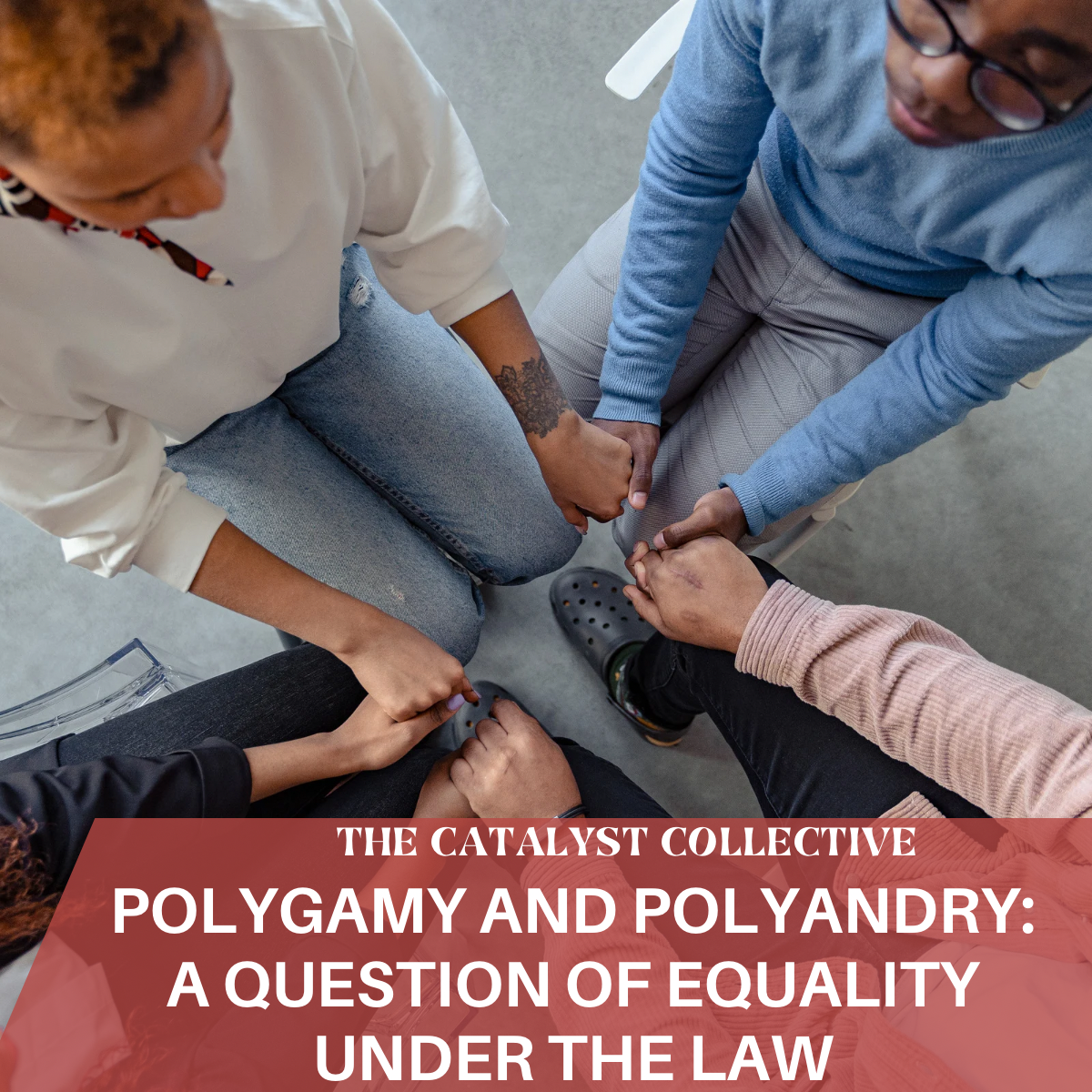Polygamy and Polyandry: A Question of Equality Under the Law

In many societies, polygamy—the practice of one man marrying multiple women—has been historically and legally permitted under certain conditions. Yet, when the reverse is proposed—polyandry, where one woman marries multiple men—the idea is often met with resistance, ridicule, or outright prohibition. This double standard exposes a fundamental hypocrisy in how we legislate relationships. If a legal system permits polygamy, then fairness and equality demand that polyandry must also be legal. Anything less undermines the principles of gender equity, freedom of choice, and cultural diversity.
The Historical and Cultural Context
Polygamy has existed for centuries in various forms, often tied to religious, economic, or social structures. In some cultures, it was a means of consolidating power, ensuring lineage, or providing for women in societies where men were frequently lost to war. Today, a handful of countries still legally recognize polygamous marriages, though often with restrictions.
Polyandry, while less common, is not without precedent. It has been practiced in certain Himalayan cultures, among some Indigenous groups, and in historical societies where resource scarcity made it a practical arrangement. Yet, even in places where polygamy is legal, polyandry is rarely afforded the same recognition. Why?
The Gendered Double Standard
The resistance to polyandry reveals an uncomfortable truth: legal systems often reinforce patriarchal norms. The idea of a man with multiple wives is more socially accepted than a woman with multiple husbands because it aligns with traditional power structures—men control resources, inheritance, and familial authority. A woman exercising the same autonomy challenges deeply ingrained notions of male dominance.
If we claim to value equality, then marriage laws must be gender-neutral. Permitting polygamy while banning polyandry suggests that men’s choices are privileged over women’s. This is not about advocating for either practice but about ensuring that the law does not discriminate based on gender.
Freedom of Choice and Bodily Autonomy
Proponents of polygamy often argue that consenting adults should be free to structure their relationships as they choose. This is a valid argument—but it must apply equally. If a woman wishes to enter a polyandrous union with fully informed and willing partners, the state has no more right to forbid it than it does to forbid polygamy.
Restricting polyandry while allowing polygamy is not about protecting women (as some might claim) but about controlling them. True bodily autonomy means the freedom to choose one’s relationships without the state imposing gendered restrictions.
The Slippery Slope of Selective Permissions
Some argue that legalizing any form of plural marriage could lead to exploitation or coercion. These concerns are legitimate—but they apply to both polygamy and polyandry. If the risk of abuse justifies banning polyandry, then the same logic should outlaw polygamy. Conversely, if safeguards can be implemented to protect against coercion in polygamous arrangements, then similar protections can (and should) exist for polyandry.
Conclusion: Equality Demands Consistency
A legal system cannot claim to uphold fairness while applying different rules based on gender. If polygamy is permitted, then polyandry must be as well. Otherwise, the law is not neutral—it is an instrument of inequality.
The fight for marriage equality is not just about who can marry whom, but about ensuring that all consenting adults have the same freedoms, regardless of gender. Anything less is a betrayal of justice.
---
The Catalyst Collective advocates for critical thinking, equity, and progressive discourse. Follow us for more thought-provoking discussions.
Comments
Post a Comment